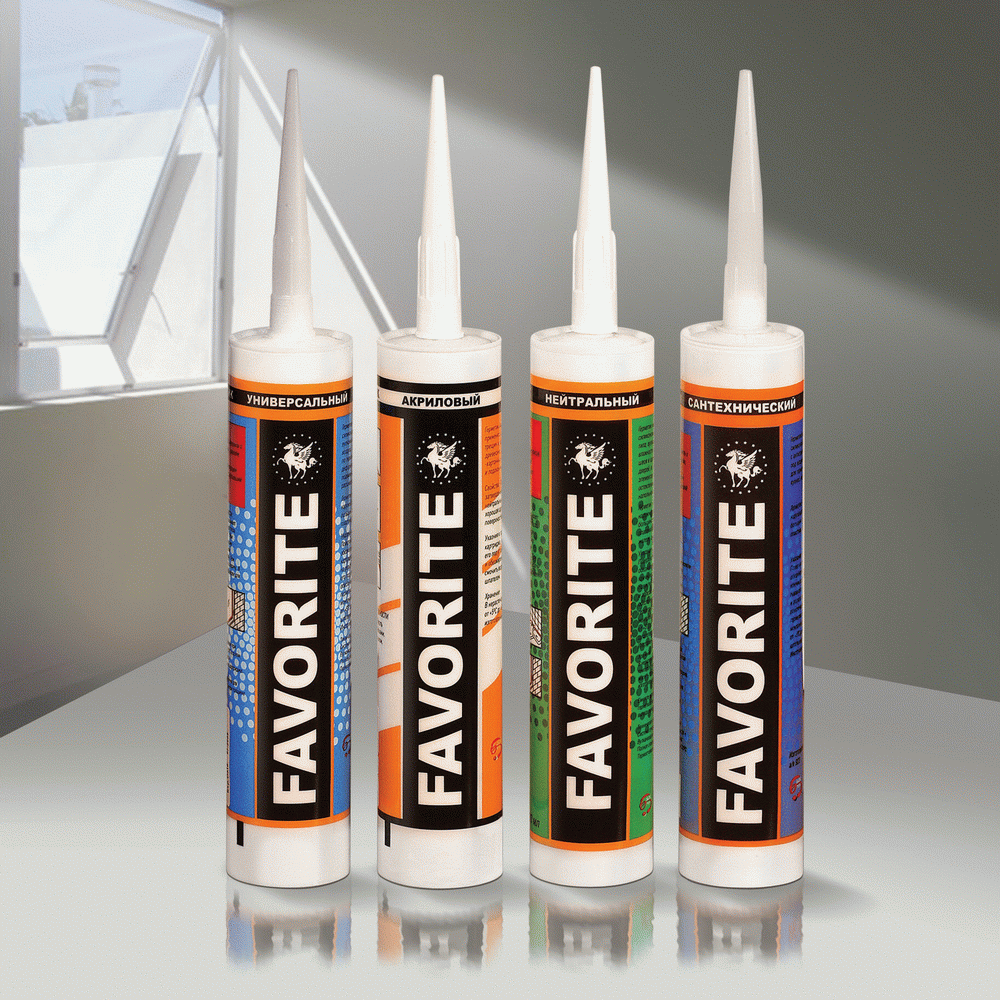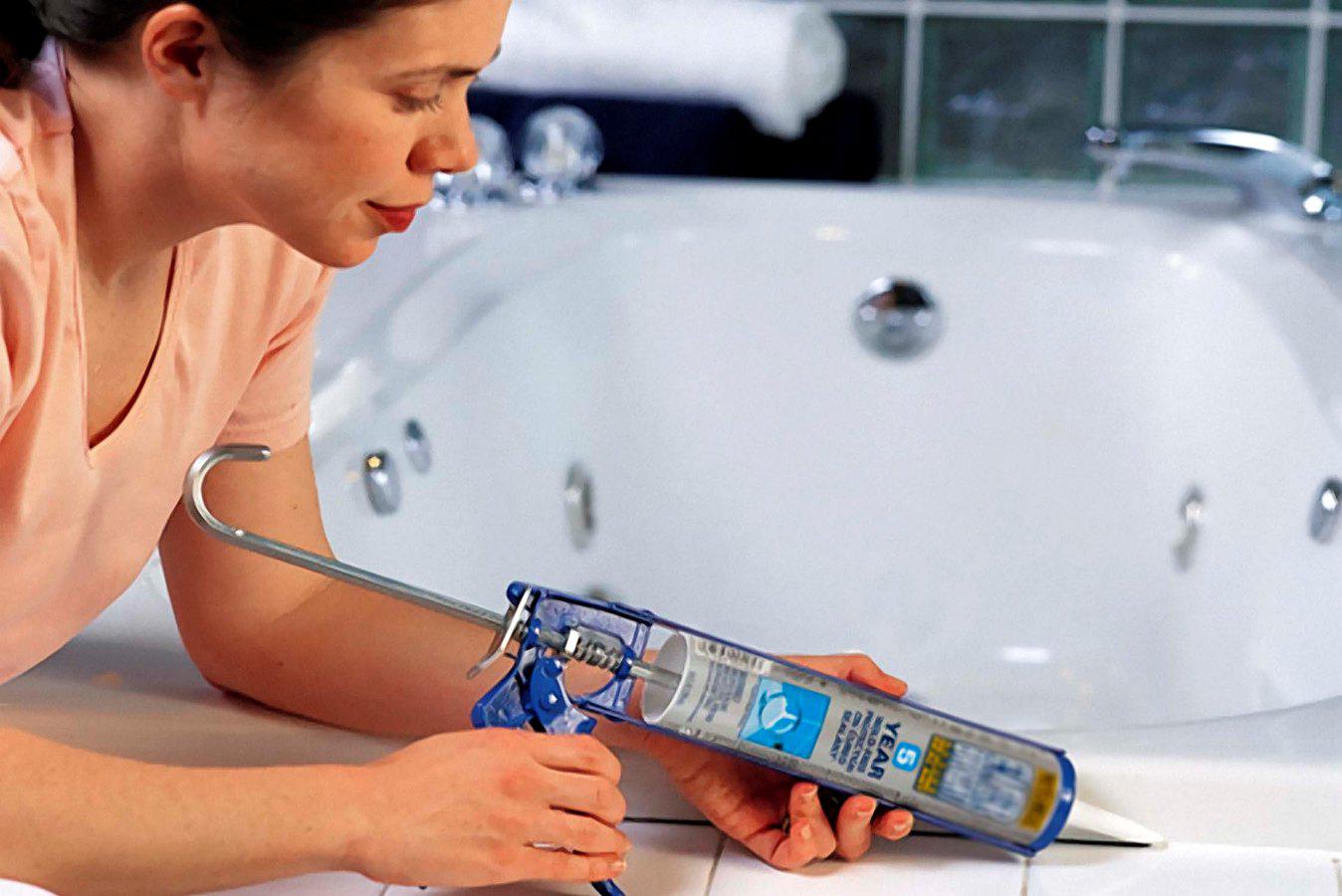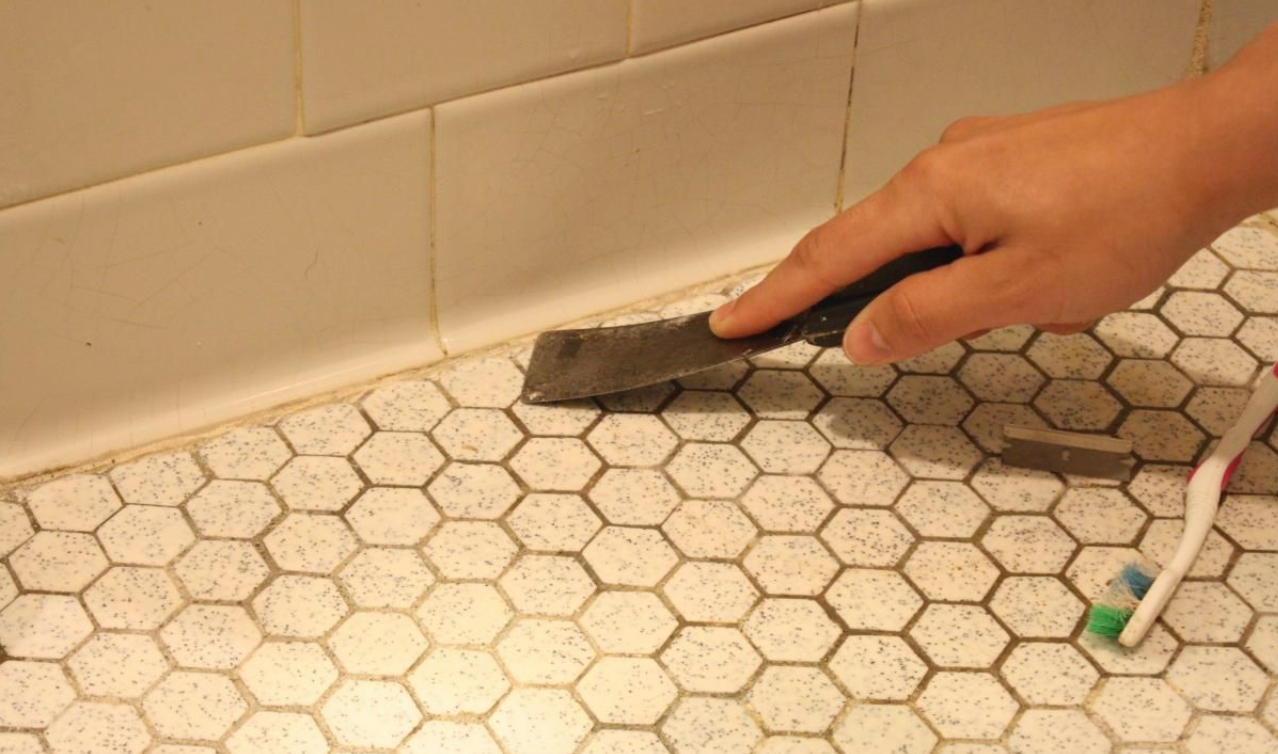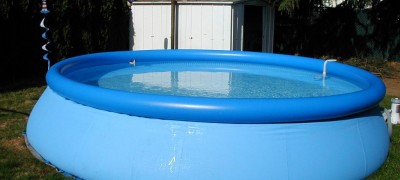How to dissolve a silicone substance at home
Silicone sealant has become a part of our everyday life. Not a single cosmetic repair is now complete without this adhesive substance. This is a new generation of helpers who have replaced bitumen mixes and homemade putties.

The silicone sealant is so viscous and thick that it firmly adheres surfaces, cleans seams, removes irregularities and small dents, reliably protects any surface from moisture penetration.
Properties of silicone-based formulations
The useful properties of the sealant have long been noted by builders and home craftsmen. This material does not deform at high and low temperatures. It does not melt at temperatures up to +200 degrees, which means it is perfect for a bathroom, kitchen or sauna. The silicone composition withstands frost down to -50, does not crack or crumble.

An important property of a silicone-based product is the presence of fungicides. This is an analogue of an antiseptic that prevents the growth of microbes and pathogens. This means that no fungus or mold is terrible if the seams are treated with high-quality silicone sealant. If this is important to you, when choosing a product, pay attention to whether it contains antifungal components.

The polyurethane compound fills in any seams and cracks, dents and scratches. It can be sanded and sanded flush with the surface without anyone noticing the difference. It is an ideal tool for eliminating most external defects. After drying, the sealant retains its elasticity and resilience, does not crumble under pressure or pressure.

Silicone-based compounds adhere to any base, from wood to metal. The product will not run off when applied to vertical walls or angled surfaces. A large number of advantages makes it indispensable for any repair.
How to dissolve silicone sealant
During repairs or finishing works, it sometimes happens to stain the environment. Traces of hardened silicone can be found on the tiles, on the kitchen counter and even on the skin. Unfortunately, cured, for example, acrylic sealant cannot be removed completely by mechanical action or by scraping off the surface with a knife. This will leave stains and scratches. How to remove the sealant?

Silicone-based products can be dissolved using formulations containing alcohol or acid. When cleaning work, be sure to observe the following precautions:
- ventilate the room regularly so as not to breathe in vinegar or alcohol fumes;
- use personal protective equipment, respirator and gloves;
- do not try to immediately remove the sealant, wait until it softens and turns into jelly;
- if the sealant fell during application and did not have time to harden, do not pick it up with bare hands, pry it off with a knife or construction tool.

To remove the hardened sealant, you will have to resort to the help of special solvents.
Types of solvents
Sometimes an incompletely dried silicone substance can be removed with a common all-purpose cleaner. If a long time has passed since the drop hit and the household product has not worked, it's time to use specialized solvents. They know how to remove silicone.

Before proceeding with cleaning, pay attention to the surface material where the smudge may have dried. If you use a thinner that is too aggressive, together with silicone it can damage the top decorative part of furniture or remove paint from metal.

Therefore, compare what, where and how long you will apply, so as not to worsen the situation. Remember the safety precautions and flammability of any kind of solvents.
Folk remedies solvents
It happens that a professional cleaner was not at hand, but a drop of sealant fell in a prominent place. You can try to remove the stain according to folk recipes.

You need to be extremely careful not to touch the sealant with your hands, carefully clean off the remaining silicone with a knife or spatula.
- Solvent gasoline "White Spirit" perfectly softens the texture of the silicone product. Such a cleaner does not act immediately, it has a prolonged effect. After about half an hour or an hour, you can try to remove the excess sealant, which has already begun to dissolve, with a suitable tool.
- You can try to remove the traces of the sealant with an assembly cleaner. The tool does not always work, but a thin layer of silicone softens well. You just have to remove the soft, sticky layer with the help of available tools.
- Household thinner helps remove sealant marks. The silicone layers need to be wetted many times as the cleaner dries quickly. Repeat the procedure until the smudge becomes so pliable that it can be removed. Some craftsmen manage to literally dissolve the sealant in the product and completely remove the unnecessary layer.
- Almost every home has acetone. It does not eliminate old traces of silicone composition, but it does a good job with fresh drops. Sometimes this is quite enough to put things in order and eliminate an annoying nuisance. Acetone can replace decorative nail polish remover.
- Sometimes ordinary homemade table vinegar or ammonia can help soften the texture of the sealant. Apply a little of this homemade solvent to a cotton swab, apply to the place you want to clean for half an hour. Then gently scrub off the silicone drip using a fine abrasive such as a sponge or sandpaper.
- Gasoline or kerosene will also come to the aid of an experienced craftsman. Moisten the silicone stain with this solvent and wait until it softens completely.
- Sometimes you can get rid of a fresh, not yet solidified silicone drop using an ordinary plastic bag. Apply cellophane to the drip, wait for the hitch and abruptly tear it off the surface to be cleaned. The silicone component will remain adhered to the bag, and you just have to clean the remaining trace.
- Helps to dilute and wash silicone from surfaces with soapy water. Use hot water to soften the stain further.
Specialized solvents
When folk remedies do not work, specialized solvents come to the rescue. Their action is based on the destruction of polymer compounds of the silicone composition.With the help of a professional cleaner, you can remove smudges of any age and at any stage of hardening. Such a tool turns the sealant into a jelly-like mass without damaging the surface on which it is frozen.

- Silicone wash off "Penta-840" literally destroys polymer compounds at the molecular level. The great thing about the product is that the softened silicone can be removed with a napkin, not with a knife blade. Does not leave marks on the surface, but requires preliminary testing in a small area. Wiping "Penta-840" is quite aggressive, therefore, how a solvent will behave in your case should be checked empirically.
- Dowsil OS-2 universal liquid for preparation and cleaning of surfaces is actively used not only in everyday life, but also for processing aerospace and medical equipment. The tool is known for its respect for the environment, the absence of components harmful to the ozone layer and the ability to remove the silicone base from any surface at different stages of solidification. Dowsil OS-2 removes both fresh and old sealant stains with equal success.
- The Mellerud brand is presented in a wide range for the consumer. Therefore, it is necessary to carefully read the names, composition and purpose of the products on the labels. The work of the means for removing the silicone layer is based on strong acids. Therefore, the cleaner is recommended for wood, glass and ceramic surfaces. Experienced craftsmen recommend cutting off the top layer of cured sealant before applying the cleaner for quick and maximum effect.
- Body liquid cleaner ANTISIL 770 is loved by motorists. The active formula works on organic ingredients. Therefore, the remover is indispensable for chrome, aluminum and other delicate, easily deformed surfaces. Car cleaner helps to remove sealant from car parts.
Removing sealant from various surfaces
When removing stains from products with polymer compounds, consider the type and material of the surface to be cleaned. Many washes have contraindications and cannot be used, for example, on wooden surfaces.

To understand how to remove excess silicone sealant, you need to push off from the material of the work surface.
Plastic
The plastic has a smooth surface, devoid of pores and a rough texture. This creates an additional advantage when it is necessary to strip it of silicone compounds. Here you can gently work with a spatula or knife, soak the stain with vinegar or alcohol, apply a cotton pad and gasoline or kerosene.

Of professional washes, those containing hydrochloric acids have proven themselves well. They do not corrode plastic and remove any contamination.

Glass
Due to its dense structure, glass does not allow the sealant to penetrate into the deep layers. Such a surface should not be scraped with a knife or other sharp objects, so as not to scratch and crack.

Professional solvents, kerosene, acetone and other folk remedies work most effectively. After removing the sealant from the glass, wipe it dry with a microfiber or a special sponge to remove streaks.
Tile
The glazed decorative surface makes the tiles look beautiful. If a silicone stain gets on it, do not scratch, scrape or rub. Cleaners containing organic components are also contraindicated.

The ceramic surface can fade, lose the brightness of colors from an incorrectly selected wash.Carefully read the composition and instructions before use, look for recommendations for cleaning ceramic tiles.

Table top
If the sealant has not yet hardened on the wooden countertop, you can remove it with hot water and an ordinary rag. You can try to pry the frozen drop with a plastic spatula.

Refrain from scraping the sealant off the table with a knife or other metal object.
Human skin
If you have not worked with gloves, and the silicone-polymer mixture has adhered to the skin, do not peel off the adhering layer forcibly. This can lead to skin injury and possible further infection.

You can remove the frozen drop with any alcohol-containing composition. Apply a cotton pad moistened with alcohol and wait until the foreign layer is completely softened.
Textile
70-80% acetic acid or alcohol-containing liquid will help to remove the hardened layer from the fabric. Pre-test the method on a small area of fabric to make sure the item is not damaged.
How to dilute cured silicone
Sometimes the sealant hardens and needs to be returned to a liquid state. Craftsmen know how to dilute silicone sealant to a liquid state. Diluents come to the rescue, which must be used in a very metered manner.

The selected composition must be diluted carefully and dosed, observing all precautions. Take care of good ventilation in the room where you are. Some formulations can emit toxic fumes that are detrimental to human health.

Be sure to work with gloves and, if possible, transparent goggles or a mask. Effective diluent mixtures return the sealant to its liquid state.
What not to do
Although the sealant is convenient, durable and easy to use, it has its own contraindications and nuances:
- Pay attention to the expiration date of the product. Expired silicone takes too long to harden or does not harden at all.
- If you need to fill deep cracks, do not try to do it at once. Work in layers, making large dry gaps between fills. By observing this condition, you will achieve amazing results.
- There are sealants that are only suitable for interior work, which are not visible to the eye. For example, to seal a bathtub from the inside. Such a product may turn yellow over time, since it does not carry a decorative function.
- Handle cast iron and metal surfaces with extreme caution. some silicone compounds cannot be used with these materials as this will lead to corrosion.
- Many use a sealant to insulate houses, filling up cracks and irregularities. Do not use this method for new builds; allow the walls a couple of years for final shrinkage. Otherwise, the sealant will “corrode” along the walls and will not perform its functions.
- If you are confused about finding a sealant with fungicidal, antibacterial properties, remember that this silicone layer needs to be renewed every few years. The antifungal effect disappears over time.

Many zealous owners breathed a sigh of relief with the advent of a sealant in the world, which solves many problems at once. But such a medal has two sides. Plan even minor, cosmetic repairs carefully. read the instructions carefully and follow the rules of personal safety.
Video: how to remove silicone?









